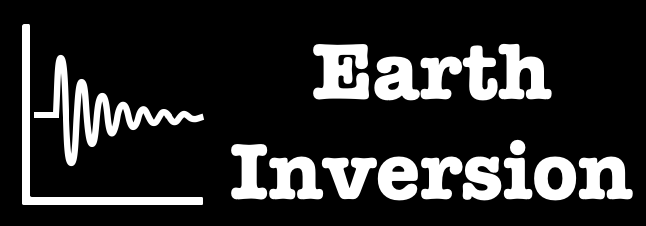A recent study published in Nature has uncovered surprising new insights into the behavior of Earth’s inner core. By analyzing seismic data from repeating earthquakes between 1991 and 2023, researchers discovered that the inner core’s rotation has slowed down and even reversed direction in recent years.
Key Findings
- Seismic Waveform Analysis: Researchers studied seismic waveforms from earthquake “multiplets” in the South Sandwich Islands, noting changes over time that eventually reverted, indicating the inner core had returned to a previous position relative to the mantle.
- Rotational Behavior: The pattern of waveform changes shows that the inner core gradually super-rotated eastward from 2003 to 2008. Subsequently, from 2008 to 2023, it sub-rotated westward along the same path, but at a rate 2-3 times slower.
- Complex Dynamics: The differing rates of eastward and westward rotation suggest that the coupling dynamics between the inner core, outer core, and mantle are more complex than previously assumed.
Implications
This discovery significantly shifts our understanding of the inner core’s rotational behavior, contradicting previous models that proposed the inner core steadily super-rotates faster than the rest of the planet.
By precisely tracking the inner core’s “progression and regression” through matching seismic waveforms, this study offers a window into the mysterious dynamics at the center of the Earth. Continued monitoring of the inner core’s reversing rotation is expected to yield new insights into its coupling with the outer core and the generation of Earth’s magnetic field.
While the effect on Earth’s surface is subtle, potentially altering day length by milliseconds, the slower and reversing inner core rotation has important implications for geodynamic models of the deep Earth. Understanding these complexities in core-mantle interactions will be crucial for improving our knowledge of the planet’s internal dynamics.
References
Wang, W., Vidale, J. E., Pang, G., Koper, K. D., and Wang, R., 2024. Inner core backtracking by seismic waveform change reversals. Nature, 631(8020), 340–343. Nature Publishing Group. DOI: 10.1038/s41586-024-07536-4
